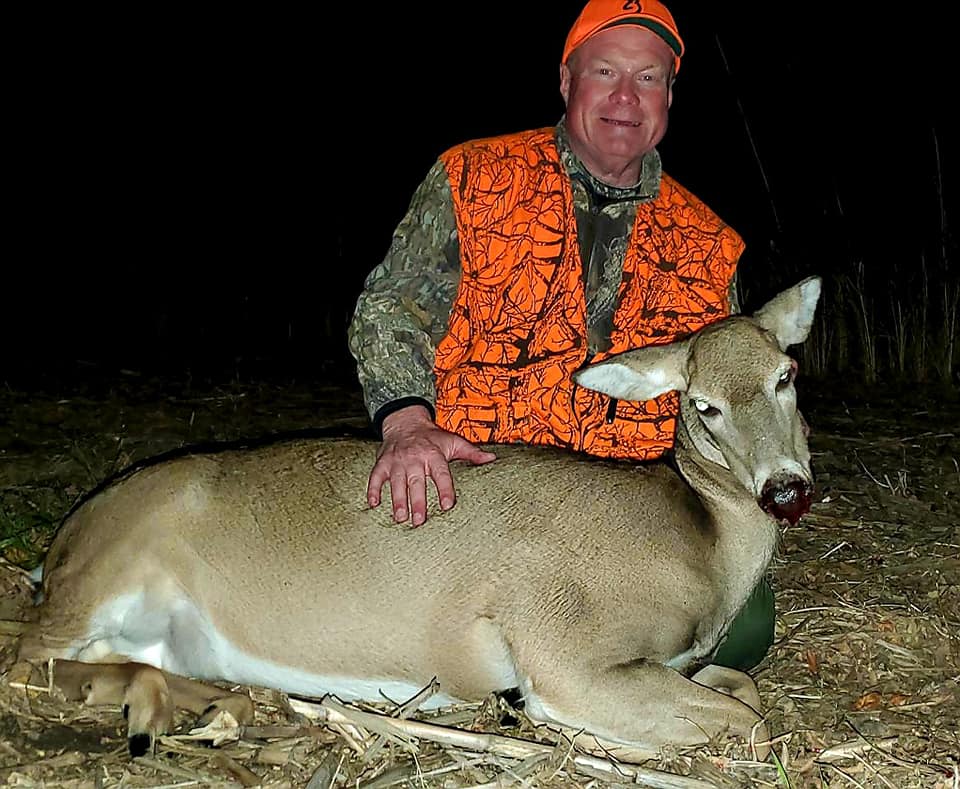Do you think hunting can be “justified” as an act of conservation? – Alex Smith’s words of “hunting to feel connected to nature,” got me questioning, “what is the role of hunting in the ecosystem?” Some say hunting is a critical wildlife management tool, some argue it is just a euphemism for killing for fun.
Regardless of its righteousness, it is shown in many cases that hunting does help manage the wildlife population and the balance of species in the ecosystem. However, it is also shown that it contributes to artificial manipulation of wildlife population, which disturbs the natural system, and such disturbances by hunting are encouraged by hunting-tied wildlife protection agencies. In order to retain hunting as a “rightful way of conservation”, finding a non-hunting-tied funding source for wildlife protection agencies is the key in determining the role of hunting in the conservation effort in near future.
So can hunting be as an act of conservation? First of all, conservation is defined as the act of preserving, guarding, and protecting biodiversity, the environment, and natural resources. According to (Nelson, 2021), hunting doesn’t fit the definition when only talking about a single animal, but it gets important in a broader sense of hunting particular species or protecting the vast diversity of organisms in the area. It acts as a funding resource for state wildlife agencies’ conservation funds. For instance, about 59% of funding, $3.3 billion, came from hunting and fishing-related activities (Rott, 2018).
Furthermore, hunting is successful in controlling prey species, preventing population explosions because of reduced predators. This allows to balance the populations across the ecosystem and impede over-grazing, for example. In fact, the Nature Conservancy considers the overabundance of deer in the eastern US to be the greatest threat to the forests – even more than climate change (Nelson, 2021)!
However, interestingly, or rather ironically, the major reason why the predator populations have been declining (that leads to an increase in herbivore populations) is again, because of hunting. Moreover, (In Defence of Animals, n.d.) argues that because state wildlife agencies are funded by hunters, their programs are in place to manipulate habitats and artificially bolster “game” species while ignoring “non-game” species. This then leads to unbalanced ecosystems by favoring some species for “conservation,” and ecological disruption as well as skewed population dynamics.

We should all carefully note how the conservation efforts are facing the dilemma today, of having to encourage hunting for sake of keeping the agencies funded. And how, to combat such a situation, another funding system that is not hunting-dependent needs be installed so that we can practice “real conservation” by support from people beyond hunters. Furthermore, we should have a system to support hunting to play its part – to control the population healthily, and not hunting down the favourable species, by liberating them from economic restrains. It is also important to learn about where and how the meat reaches our tables to rethink our relationship with wildlife and nature.
If anyone’s interested, I found a video on YouTube that contains scenes of
hunting down and dissecting a deer (see below) – although it’s in Japanese! But
the video will give you some hints and make you think about what hunting is.
Works Cited
“In Defence of Animals.” Hunting – the murderous business. n.d. https://www.idausa.org/campaign/wild-animals-and-habitats/hunting/
Nelson, Rob. “Untamed Science.” 15 August 2021. https://untamedscience.com/blog/hunting-and-conservation/
Rott, Nathan. “National Public Radio.” 20 March 2018. https://www.npr.org/2018/03/20/593001800/decline-in-hunters-threatens-how-u-s-pays-for-conservation
Wagner, Greg. “Nebraskaland.” 30 August 2021. http://magazine.outdoornebraska.gov/2021/08/why-hunting-is-so-important/
